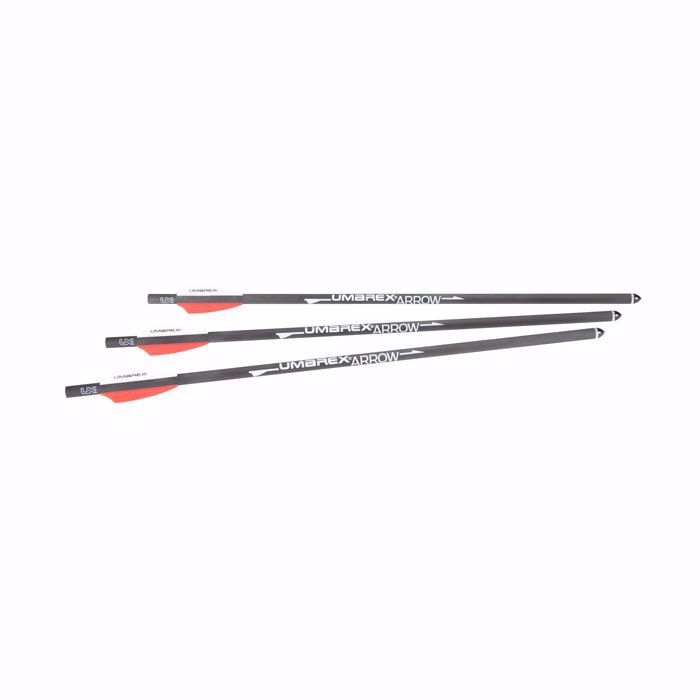Aerial Archery: Connecting the Divide Among Athletics and Creativity.
Air-powered archery is an exciting discipline that skillfully combines the precision of classic archery with the advanced technology of air-powered systems. As more participants discover this unique sport, the curiosity in exploring the various aspects and equipment involved has expanded significantly. Whether you're a seasoned archer looking to explore new avenues or a newcomer eager to get started with a bow for the first time, navigating the world of air archery can be both exhilarating and daunting.
In this piece, we will delve into everything you need to know about air archery, from picking the perfect air bow for your particular needs to comprehending key features that improve your shooting experience. With the right knowledge and equipment, you can link between the realms of sport and art, allowing you to enjoy the rush of archery in a way that is both engaging and accessible. Join us as we guide you through the essentials of this fascinating sport, ensuring you are well-prepared to start your air archery journey.
Determining the Best Air Archery Equipment
Choosing the appropriate air archery equipment is crucial for both novice and experienced shooters. It begins with understanding the kind of air bow that most fits your needs, whether it's for game pursuit, target shooting, or casual practice. Features like draw weight, accuracy, and distance significantly influence performance, so it’s important to choose a bow that matches your skill level and purpose. Beginners should look for user-friendly models with built-in safety features, while experienced archers might look for high-powered options that offer greater velocity and precision.
When considering arrows for your air archery setup, search for those especially designed for air bows. Different bows have specific requirements for arrow size, weight, and material, which influences accuracy and flight performance. A well-matched arrow can improve your shooting experience and improve your results, so focus on compatibility with your selected air bow. Additionally, investing in quality accessories, like sights and stabilizers, can additionally elevate your shooting performance.
Lastly, assessing the durability and portability of your air archery equipment is crucial. Choose options that are weather-resistant and designed to endure various environments if you intend to shoot outdoors. For those who travel or shoot in various locations, portable equipment can simplify transport easier without compromising performance. By carefully assessing these elements, you can secure a fulfilling and satisfying air archery experience.
Airborne Archery Security and Care
Security is paramount in air archery, just as it is in all shooting sport. Always treat your air bow as if it is ready to fire, and never aim it at any target you do not intend to shoot. Before using your set-up, make sure that you are acquainted with the safety features and proper usage recommendations supplied by the manufacturer. Wearing protective eyewear can provide further defense against surprises, especially during target shooting.
Consistent maintenance is critical for the functionality and longevity of your air archery gear. Clean your air bow post-usage to prevent residue buildup, especially in the barrel and air tank. Check for wear and tear on seals and connections, making sure they are secure and working well. Lubricate required components according to the manufacturer's instructions to maintain effectiveness and prevent issues.
Lastly, comprehending how to store your air archery gear plays a crucial role in maintenance. Keep your gear in a dry and cool location away from direct sunlight to protect it from harm. Additionally, consider using a hard case to safely transport your air bow and its accessories. Regular checks on the air tank pressure and overall condition of the gear before each outing will help ensure you are ready for a safe and enjoyable experience.
Comparing Compressed Air Archery with Traditional Methods
Air archery offers a unique experience that distinguishes it from conventional archery. An important key distinctions is the launch mechanism. W here as traditional methods depends on the stretch of a bowstring, air archery uses pressurized air to fire projectiles. This means, compressed air bows often provide a reliable output with minimal effort, making it an enticing option for those who might find it challenging to meet the strength demands for conventional archery.
Additionally significant element involves the learning curve pertaining to both technique. Newcomers often find air archery more approachable due to its straightforward mechanics and reduced physical demands. Without less focus on developing strength in the upper body and skill, beginner archers can concentrate on precision and aiming. Traditional methods, however, typically demands the mastery of various skills, such as grip, posture, and release, that can require additional time and effort.
In conclusion, the flexibility in uses must be taken into account. Compressed air archery is increasingly utilized in secure settings like indoor ranges, enabling continuous practice regardless of outdoor conditions. Traditional archery typically requires more outdoor area and may be subject to seasonal limitations. With this flexibility can make air archery a more practical choice for hobbyist archers and professional archers alike, allowing them to refine their skills continuously.
